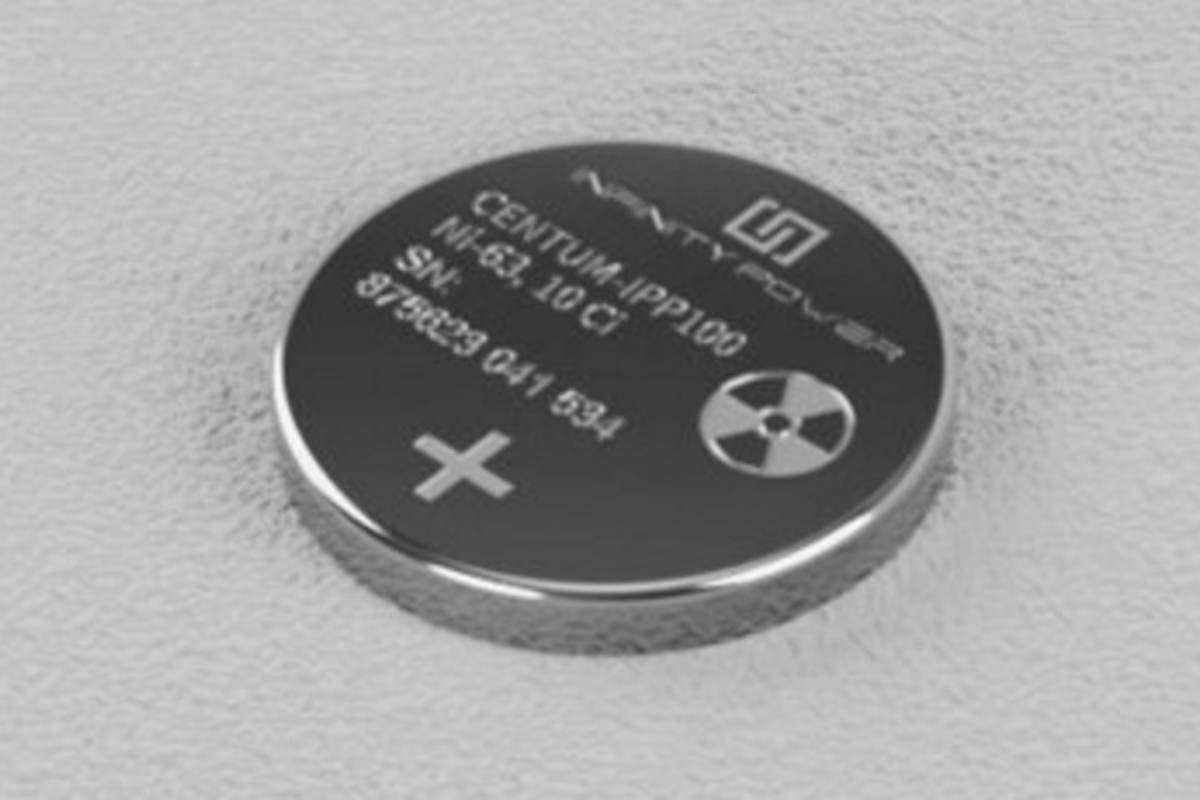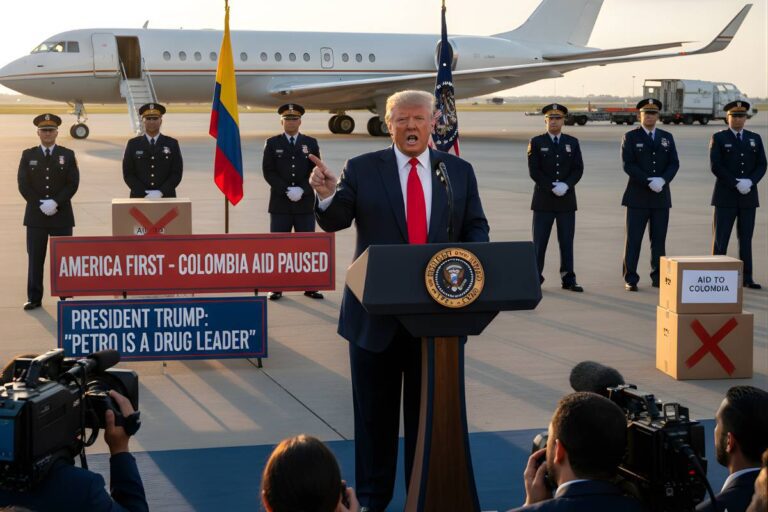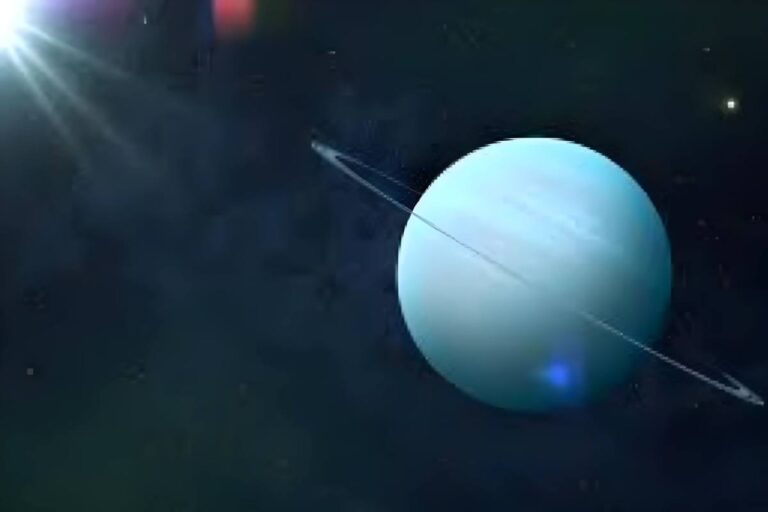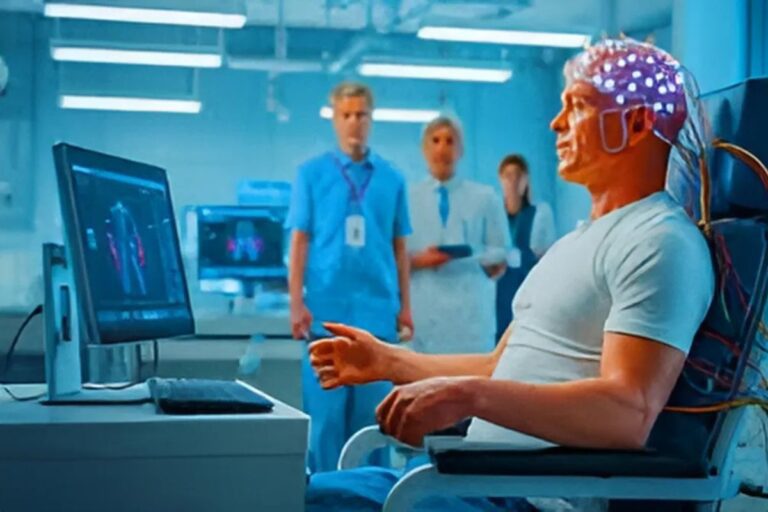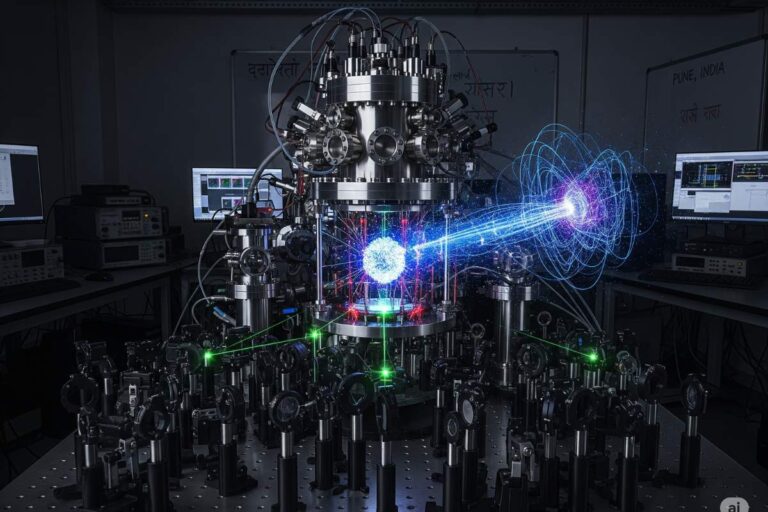Chinese battery firm Betavolt has begun mass production of the BV100 – a nuclear-powered, coin-sized, green battery.
Battery technology has advanced at breakneck speed over the last few decades to the point where we now have Sodium-ion cells in power banks. While most modern cells remain useful for many more years than they ever did, batteries that will last more than a decade on a single charge may sound like something from a science fiction book.
But that might be about to change. Popular Mechanics reports that a Chinese battery firm called Betavolt has recently unveiled a tiny coin-sized nuclear-powered battery. Called BV100, Nickel-63 fuels the battery as a radioactive source and will last up to 50 years on one charge.
While the energy provided by the battery is quite minimal and can’t be used to charge smartphones or cameras, BV100 is not just a laboratory innovation. Betavolt is now manufacturing the battery in mass quantities to power electronics like medical equipment and space hardware.
How does Betavolt’s BV100 nuclear-powered battery function?
Betavolt BV100 nuclear battery delivers a power output of 100 microwatts at 3 volts, with the company planning to release a one-watt version later this year that can be used in consumer electronics and extend the flight time of a drone.
Betavolt’s BV100 battery is made of two parts – a radioactive emitter and a semiconductor absorber. The emitter slowly degenerates with time and releases high-speed electrons that collide with the absorber. This forms an “electron-hole” pair, which releases a low but steady amount of usable electrical energy. To prevent the harmful beta particles from escaping, the company is using a thin sheet of aluminum.
While they do not provide as much energy as regular batteries, the small amount of electric current is sufficient to power electronics that consume minimal energy for centuries or even longer. In addition, these nuclear batteries will not replace the ones in our cell phones, but they are well-suited for planetary rovers, and ocean-deployed sensors and could even be used to aid pacemakers.
Are nuclear batteries better than chemical batteries?
Compared to traditional Lithium-ion batteries, BV 100 features 10 times the energy density and can comfortably withstand harsh conditions of -60 to +120 degrees Celsius and still not catch fire or explode. Betavolt says the BV100 is green because its radioactive nickel-63 core used to power it will over a period of time disintegrate into stable copper, and the battery is less costly to recycle compared to the majority of chemical batteries.
Pocket Powerhouse: The 50-Year Battery That Does Not Need to Be Charged
